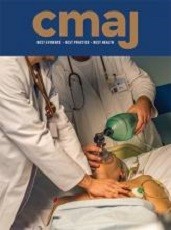Margaret Wynn, Arthur Wynn

Extract
Your correspondents Dr. Coffey and Drs. Cohen, Rapson and Watters (ibid, page 213) all refer to our review, published over 4 years ago,1 of the consequences of induced abortion to children born subsequently. Much progress has since been made in Europe in preventing these consequences . . .
The main conclusions of our 1972 review have, indeed, been confirmed in many subsequent studies and more
recent reviews. It may reasonably be inferred from the Bristol study and from other European studies that between 20 and 25% of women who have had an induced abortion need a cerclage operation to be able to carry a subsequent pregnancy to term. The percentage may well be lower in Canada if a higher percentage of abortions are undertaken earlier in pregnancy. . .
It is important for any woman who hopes to have a child subsequent to an induced abortion to accept that she will then be in a high-risk category and must report a subsequent pregnancy early, and that she will need specialist obstetric care. . . .
Cohen and her colleagues describe us as “two crusaders for compulsory pregnancy”. This is untruthful abuse. Your correspondence columns might better be used to discuss the many steps that might be taken in Canada to reduce the unfortunate consequences of induced abortion, including the careful counselling of women and the wider use of the cerclage operation early enough in a subsequent pregnancy.
Wynn M, Wynn A. (Correspondence) The Canadian abortion law. Can Med Assoc J. 1977 Feb 05;116(3):241-243.